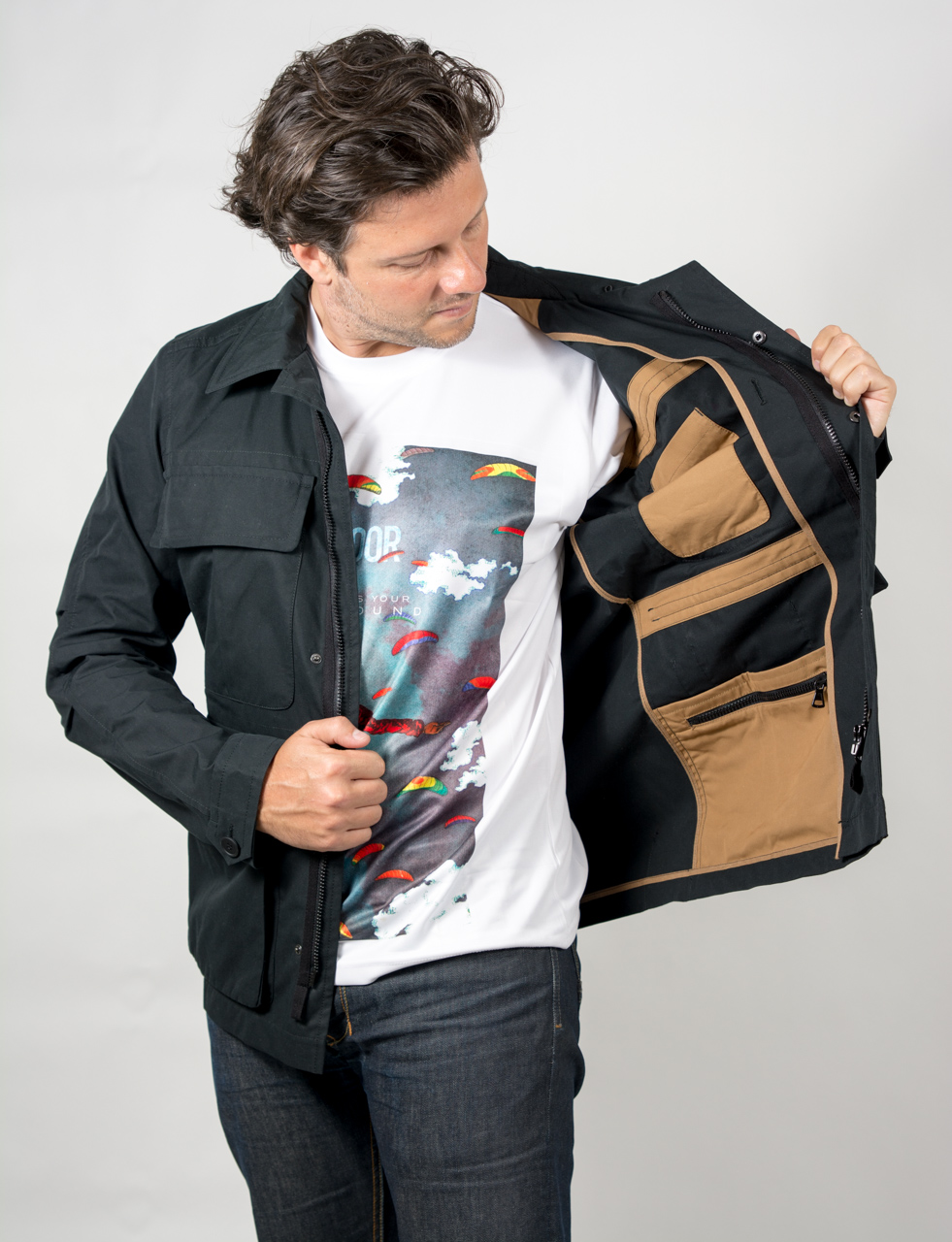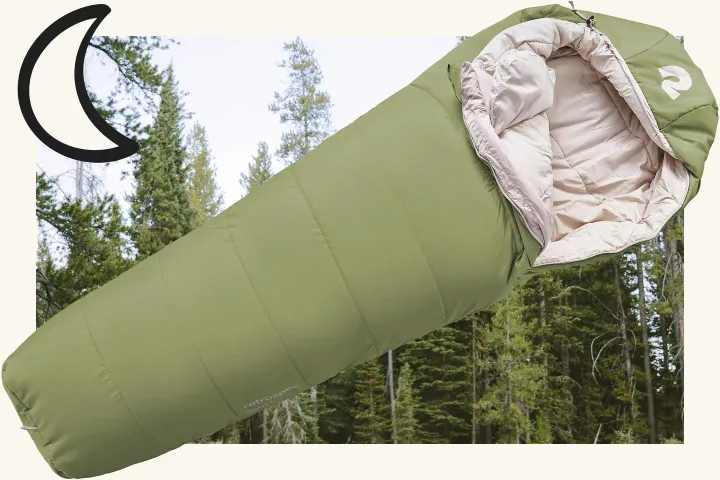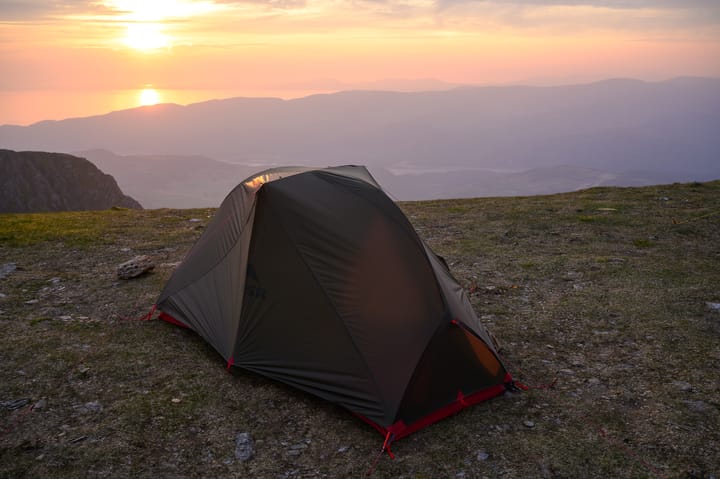Avoiding Hypothermia: COOPH Field Jacket Review

Through gale force winds and rain, we test the “ultimate all year, multi-purpose photographer’s assistant” with Stotz fabric—on the same ocean it was originally designed to protect WWII pilots.
Bold claims and inspiring descriptions are the norm nowadays and we've become understandably jaded, taking everything with a grain of salt. I had doubts that the COOPH Field Jacket, which isn’t much more than a lightweight cotton fabric shell, could hold up to the claim that the same material had been developed to protect WWII pilots from the ice-cold Atlantic Ocean—if and when they would end up in the drink. So when I went to Biarritz last spring, I brought it along with me, to the very ocean the original Stotz fabric was designed to protect pilots from.
Early one morning I awoke to uncertain weather and undertook the solid half hour walk along the coast to a surf lesson slightly outside of town. In that time, myself and The Outdoor Journal’s editor-in-chief Apoorva Prasad, got ambushed by mother nature and endured just about every weather system you could imagine. What started as very reasonable, light, cold rain for the first half of the walk suddenly became gale force winds, sheets of glacial rain, a near freezing cold snap, followed by hail and snow… suddenly to stop and have a few rays of sun tease us into believing it was over, only to go back to steady, miserable, cold, and heavy rain. There was no shelter along the coast nor did we bring any other protection. We just kept walking; both cursing and laughing at the surreal weather. The one thing I did happily notice was that while I may have been a bit cold, I was completely dry under the jacket.
[embed]https://youtu.be/G5BocsdjbNA[/embed]
The following months, even as the weather warmed, I would find myself just about inseparable from it, even wearing it as a sort of ‘adventure blazer’. The large inner pocket is exactly the size of a couple copies of The Outdoor Journal, all the extra pockets allow me to carry copious amounts of accessories, the secret zipped inner pockets keep my mind at ease when I travel with important documents and wads of cash from countries that print money like it’s going out of fashion. Speaking of which, despite the field jacket's design being fundamentally the same since the early 40s and looking almost identical to its most famous iteration, the M-65, the quality of both the craftsmanship and textiles start to make you understand the rather steep €400 price. The design is a timeless classic and the extra attention to detail make it fit damn well.

Despite the beatings it has taken over the last 9 months, my COOPH field jacket is still in excellent shape. The colour hasn’t faded and I know it will accompany me for many, many years and countless more adventures.
So, how does it perform as the photographer’s “ultimate all year, multi purpose assistant”? It won’t check your lighting settings nor hold a bounce for you, but it can carry quite a few lenses, flashes, batteries, even an iPad or MacBook Air in that nice and big internal pocket. There’s enough pockets to properly keep everything organised and separate. So many that you may end up losing memory cards and filters. Not like that's ever happened to me, of course...
To take it a step further, looking at COOPH’s store, they have a new ‘photography’ hoodie available. Combining the two, you would likely have a killer one-two punch. An even better all-in-one travel and photographer’s ‘assistant’ solution.
[gallery type="columns" size="full" columns="2" ids="7223,7221"]
The verdict:
ProsExcellent textiles and craftsmanship Timeless classic design Light weight Waterproof but breathes Pockets, so many pockets
Mehs
Despite it being billed as a photographer’s jacket, there’s no ‘lens-cloth-on-a-string’ included, or some sort of surface neatly hidden away with that ever-necessary material. Even one, dedicated pocket that is lined on the inside with it would make a difference.
Speaking of pockets, the lower, outer, pockets accumulate sand, dust, and crud quickly. Putting a lens or sensitive electronic devices in them isn’t the best idea. That’s where an inner-lining would really be necessary, that I could pull out and turn inside out to clean easily.
Price: If I didn’t know more about it, I would find the price to be way too high for what looks like ‘yet another field jacket’, but after spending so much time with the jacket, I understand why the price-point is what it is.
Cons
None
Field Jacket ORIGINAL
$398.00
material: 100% Stotz EtaProof® cotton
Price: €398
Available in black, dark denim blue and camel brown at www.cooph.com
Feature Image © The Outdoor Journal





Comments ()